How to Clean Stainless Steel
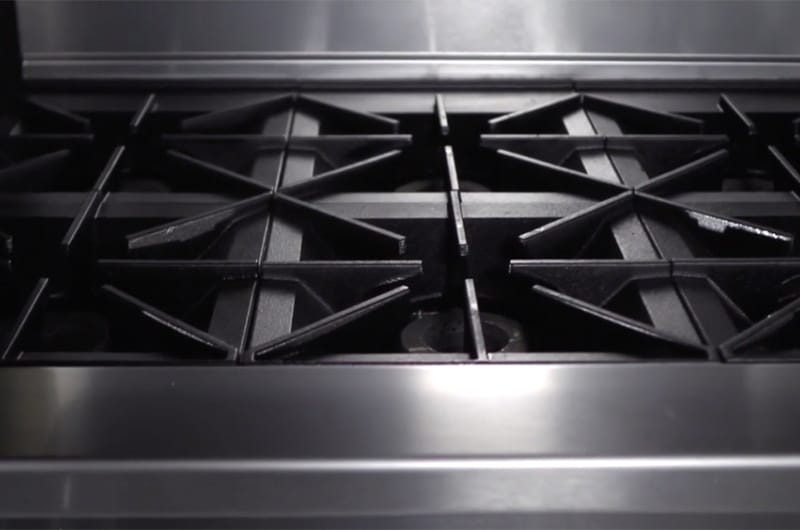
Everywhere you look in the food service industry, you will see stainless steel appliances, and you may be wondering … why?
For as many open questions as there can be in food service, this is an easy one! There are several reasons stainless steel is all the rage among restaurant owners and entrepreneurs — it looks great, is easy to clean, and offers many benefits for sanitation and maintenance. While its reputation as easy to clean is earned, you can’t just throw any old thing at it — learning how to clean stainless steel the right way can extend the life of your tables, sinks, appliances and cookware. Let’s dive into what to do, how to do it, and why.
Why Stainless Steel Matters in Food Service

The surfaces of appliances and prep areas in a commercial kitchen take a beating. Day in and day out, these surfaces are exposed to acidic foods, humidity, oils, grease, hot items, freezing cold items, spills, and even an errant knife chop or two. And that process is completed over and over again as prep from one meal is wiped away for the next. It’s no small thing to have appliances, surfaces and equipment that can handle that kind of treatment — surfaces that can’t don’t just look ugly, but end up harboring harmful bacteria in scratches that are nearly impossible to clean. The pressing need for surfaces that are sanitary, trustworthy and don’t need to be replaced often is why the food service industry has come to love stainless steel. Treated right, it’s a friend to any hand in the kitchen.
But what we call “stainless steel” isn’t just one thing — there are actually a wide variety of stainless steel types, some better and more reliable than others. Understanding the different types and the advantages they provide can help you make decisions for the long-term health of your kitchen and avoid headaches. Going for budget mixes of stainless steel can be tempting, but imagine the disruption (and financial kick in the teeth) caused by having to replace a sink, or a prep table, or appliance out of nowhere. That’s why we suggest investing in the types of stainless steel that gave stainless steel its good name.
Understanding Stainless Steel
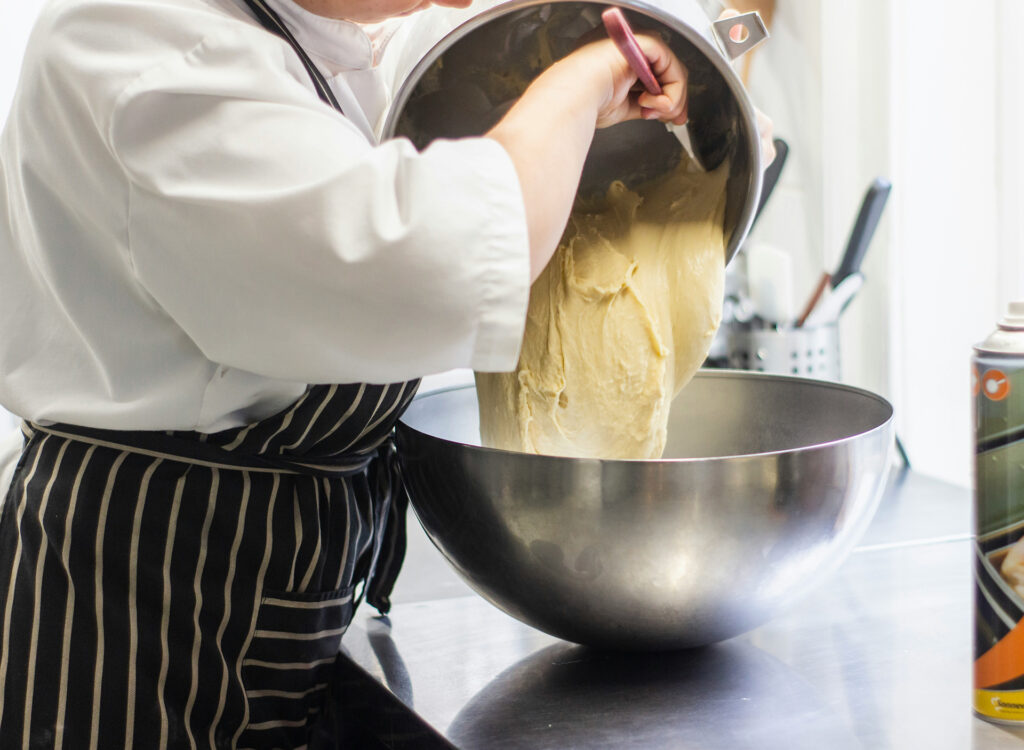
Stainless steel has really only been in production for a little over a hundred years, and as soon as it emerged it began finding its way into knives and cutlery, then kitchen sinks and other appliances. It was a genuinely revolutionary upgrade over steel, which had been around for thousands and thousands of years, with the same frustrating flaws in terms of durability and corrosion.
Stainless steel, on the other hand, is well-suited for the kitchen because of its unique properties. Steel is an alloy, or combination, of iron and carbon. But steel alone can easily rust or corrode. Stainless steel is an alloy of iron that has at least 10.5% of chromium and other metals, like nickel. Nickel helps make stainless steel durable, especially at high temperatures, and chromium makes it resist corrosion and rust by forming a film over the material that can self-heal (pretty neat!). Given that a restaurant kitchen experiences a broad range of temperatures, including very high ones, and features lots of liquids, stainless steel is a perfect match.
There are all sorts of stainless steel types available now in consumer products, but in the kitchen, there are only a few types you need to know.
200 Stainless Steel:
A type of stainless steel in which manganese generally replaces much of the nickel, the 200 series is affordable and food safe, but less durable and corrosion-resistant than other types. You’ll see 200 series stainless steel in food storage containers and dishwashers.
300 Series Stainless Steel:
This is one of the most common series of stainless steel found in commercial kitchens and contains chromium in addition to nickel for greater corrosion-resistance and durability. There are two major subtypes.
- 304 Stainless Steel: The most common kitchen stainless steel, this type is easy to clean and resists rust and corrosion as brightly as it shines. It is a little vulnerable to corrosion from salt. You can find this everywhere in the kitchen: appliances, knives, prep tables, sinks, etc.
- 316 Stainless Steel: This type of stainless steel features molybdenum, which helps protect against salt corrosion. It is more expensive than 304 but worth the investment if you are intending to use it with tomato juice, lemons, or other acidic foods, or chlorides (aka salts). You’ll see this second-most common type of stainless steel on high-end cookware, hibachi grills and other kitchen appliances, along with containers that store really acidic foods.
400 Series Stainless Steel:
This type of steel has chromium, but very little nickel.
- 430 Stainless Steel: While not as corrosion-resistant as 300 series stainless steels, this type of stainless steel is magnetic, so it’s great for appliance doors, some cookware, and pots and pans for cooking by induction.
- 440 Stainless Steel: This stainless steel contains carbon and is very heavy-duty. You’ll find it in high-end knives, cutlery and other kitchen items that need the most heavy-duty composition.
Even though each type of steel is a little different, and some are more resilient and reliable over the long haul than others, approaches to cleaning all kinds have a lot in common.
Cleaning Stainless Steel: Best Practices
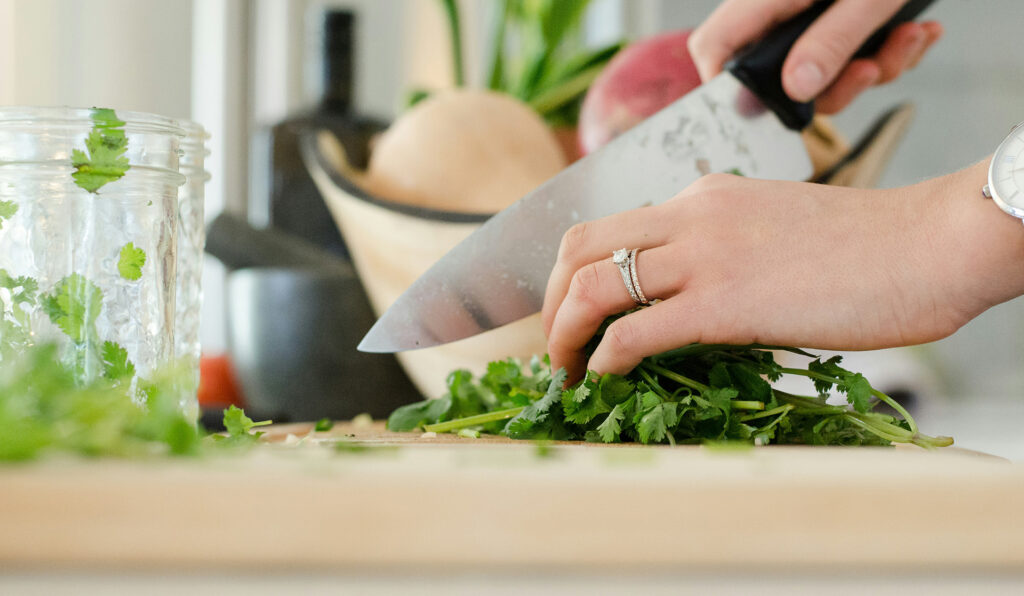
Stainless steel is “stainless” because the chromium in it creates an invisible-to-the-naked-eye protective film that resists corrosion. BUT, if it is damaged, corrosion will be let in. Your goal in cleaning will be to not just make it look good, or be sanitized, but to not damage it. (And of course, it helps if you purchase an appliance, sink, etc., made of stainless steel that is strong and resilient to begin with).
So before you clean your stainless steel, check the instructions of your particular appliance for the best way to clean stainless steel (you can almost always find them online if you don’t have them on hand). Take note of what it says to do and not to do (the latter especially). You don’t want to shorten the life of equipment made to last by treating it the wrong way and not having the right cleaners or materials. There are several general rules of thumb. So …
DO NOT: Use any sort of cleaning tool that is abrasive — no steel wool, dirty sponges or bristle brushes.
DO: Use microfiber cloths (the best) or other soft cloths, or clean sponges.
DO NOT: Wipe in circles!
DO: Wipe with (in other words, parallel to) the polish lines on your stainless steel equipment — you can usually see them if the appliance has them.
DO NOT: Use bleach! Popular as bleach is in kitchens and bathrooms everywhere, it will corrode the metal of stainless steel and make it look stained. There are other ways to clean and disinfect that work without the downsides!
DO: Use cleaners that work well with stainless steel — several companies specialize in stainless steel cleaner products, in wipe or spray form. Your appliance instructions may make specific recommendations you should follow. And honestly, dish soap does just fine!
Now that we have the basics covered, here’s how to clean your stainless steel, step-by-step.
Step 1: Prepare everything you need. Rubber gloves so you don’t leave more fingerprints; dish soap or other alkaline solution as your cleaner; a bowl of warm water; microfiber cloths; and maybe a dish sponge if you have stubborn stains to handle.
Step 2: Wet your stainless steel first with one microfiber cloth and water.
Step 3: Add a drop or two of dish soap to a second microfiber cloth. Do not add more!
Step 4: Rub vigorously along the grain of the stainless steel.
Step 5: Wipe after your (slightly) soapy microfiber with the first, non-soapy but wet microfiber cloth to eliminate suds.
Step 6: Use your third microfiber cloth to manually dry the stainless steel and eliminate any final smudges. Voila — clean stainless steel appliances!
Keeping It Shiny: Nothing says “professional, well-run kitchen” like a wall of gleaming stainless steel appliances. But you don’t need to break the bank, or even use that much time, to achieve that! Just clean regularly, and add a little olive oil or baby oil to a microfiber cloth when you are done to give it an extra sheen.
Can I Use Windex on Stainless Steel?
You may think using Windex, which cleans up glass so nicely, would also work on stainless steel. But Windex contains ammonia, which damages many types of stainless steel. It’s very important in cleaning stainless steel to use cleaners that are not acidic — the best cleaners are alkaline (that is, the opposite of acidic). Use the wrong cleaner, and you develop the cleaner’s nightmare — the often long process of having to clean up after the initial attempt at cleaning.
If you really want to use Windex, make sure you spot test, and always wash thoroughly afterward, or you will be replacing fingerprints and smudges with even uglier stains. There are easier and safer ways than Windex to clean stainless steel — try regular cleanings with microfiber cloths and water, or a baking soda and water paste.
Cleaning Stainless Steel Specifics
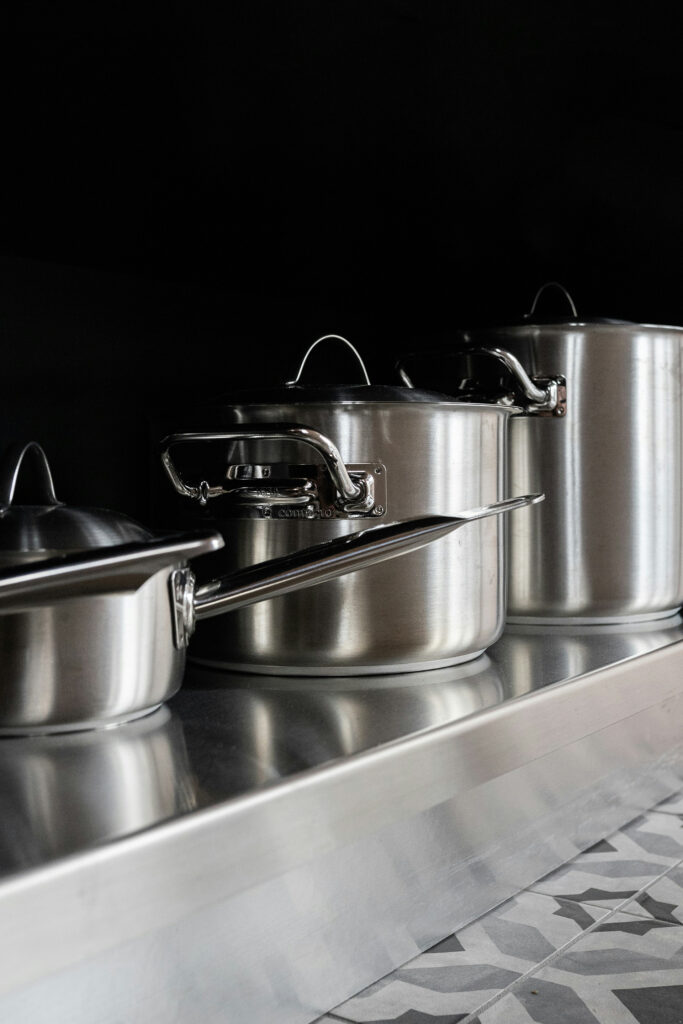
What else is there to know about stainless steel? A few things.
One, just because a stainless steel cleaner advertises itself as such doesn’t mean it fits all types of stainless steel. Stainless steel appliances in all their shiny glory are quite different in composition than most stainless steel sinks. A stainless steel sink cleaner can scratch an appliance! Conversely, a stainless steel sink can be quite a bit hardier, so a scrub pad and more vigorously cleaning can work.
Two, fridge handles will likely be covered in fingerprints if they are stainless steel — but have no fear. Regular cleaning with a microfiber cloth and water will help cut down on the need to really go at them. And using a no-scruff dish sponge can help you when a microfiber cloth is not enough.
Three, if you have older appliances or used appliances that have rust, you can use baking soda and a microfiber cloth to eliminate the rust. Clean off the paste and use a stainless steel polish to buff and shine.
Buyer’s Guide to Stainless Steel Appliances
Any appliance or frequently used piece of equipment in a kitchen, like a sink, is an investment. The revolution of stainless steel was designed to make that investment pay off a hundred fold by providing appliances that could last in great condition (without rust or corrosion) much, much longer than simple steel. But not all stainless steel appliances are built the same. A little bit extra for an appliance with better stainless steel can avoid countless headaches and the need for replacements down the line. Of course, there is no one size-fits-all solution to this kind of decision, which is why Eleven36 is here — to apply years of industry experience and vast product knowledge to your specific needs on the way to giving you meaningful and no-fluff recommendations.
Maintaining Stainless Steel in Commercial Kitchens
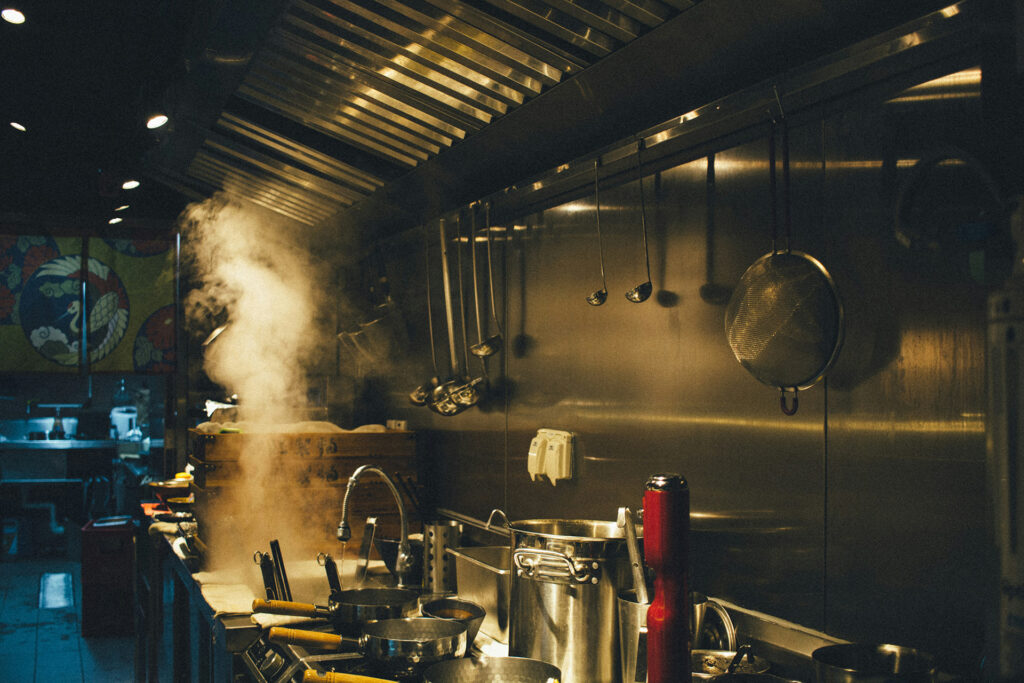
Making sure your stainless steel lasts in its best possible condition is really a matter of making the time to clean it each day, and making sure especially that it doesn’t air dry. It’s also important to polish semi-frequently to give the chromium oxide invisible coating a boost. Use the right equipment and clean frequently and your stainless steel appliances will love you as much as you love them!
Stainless steel is the most trusted option in the food industry — and now that you know how to properly take care of it, it will take you even further and reward your trust even more. Spend wisely on stainless steel and you’ll be admiring your appliances for years to come — with your own happy reflection smiling right back at you in its shine!
